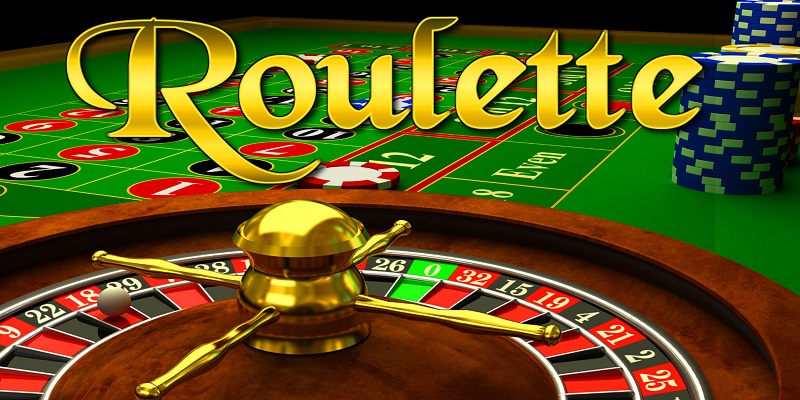Rummy, a timeless card game that has been captivating players for generations, combines skill, strategy, and a touch of luck. Among the various ways to enjoy this game, one variant that adds an extra layer of excitement is Cash Rummy. In this article, we will delve into the world of Rummy, exploring the basic rules and strategies, and then focus on the thrilling realm of Cash Rummy.
The Basics of Rummy:
Rummy is a game that typically involves forming sets or runs of cards in a player’s hand. A standard deck of 52 cards is used, and the objective is to be the first to meld all your cards into valid sets. The game begins with the distribution of cards to each player, and the remaining cards form the draw and discard piles.
Players take turns drawing and discarding cards until someone successfully melds their entire hand. Valid sets can be either runs (consecutive cards of the same suit) or sets (cards of the same rank). Understanding the rules and honing your skills in basic Rummy is crucial before venturing into the more intense arena of Cash Rummy.
How to Play Rummy:
Understanding the Card Values:
Before diving into the gameplay, familiarize yourself with the values of each card. In Rummy, numbered cards hold their face value, face cards (J, Q, K) carry 10 points each, and Aces can be either 1 or 11 points, depending on the context of the game.
Dealing the Cards:
Typically, Rummy is played with 2 to 6 players. The dealer shuffles the deck and deals 10 cards to each player in a 2-player game, and 7 cards for 3 or more players. The remaining cards are placed face-down to form the draw pile, with the top card turned face-up to start the discard pile.
Taking Turns:
Players take turns drawing a card from either the draw or discard pile and then discarding a card. The goal is to form valid sets and runs with the cards in hand. A player can end their turn by discarding a card.
Declaring:
Once a player has formed valid sets and runs, they can declare and end the round. The other players calculate the points left in their hands and add them to the score of the declaring player.
Cash Rummy – Adding a Twist to the Game:
Cash Rummy takes the excitement of the traditional game to the next level by introducing real money stakes. Players invest a certain amount of money at the beginning, and the winner takes home the accumulated pot. This adds an extra layer of intensity, as strategic decisions become even more critical when real money is on the line.
Tips for Success in Cash Rummy:
Strategic Discarding:
Be mindful of the cards you discard, as they become available to other players. Discard cards strategically to minimize the chances of your opponents forming valid sets.
Observing Opponents:
Pay close attention to the cards your opponents pick and discard. This information can be valuable in predicting their strategy and adjusting your gameplay accordingly.
Optimizing Melding:
Efficiently melding your cards is crucial in Cash Rummy. Aim to meld your cards in the fewest moves possible to minimize the risk of your opponents reducing their points.
Risk Management:
Assess the risk and reward of each move. In Cash Rummy, a calculated risk can lead to a significant payoff, but it’s essential to manage your resources wisely.
Conclusion:
Whether you’re a seasoned Rummy player or a newcomer looking to explore the game, mastering the art of Rummy and delving into the realm of Cash Rummy can be a rewarding experience. By understanding the basic rules, practicing strategic gameplay, and embracing the added thrill of real money stakes, players can elevate their Rummy skills to new heights. So, gather your cards, sharpen your strategy, and embark on the exciting journey of Cash Rummy.
